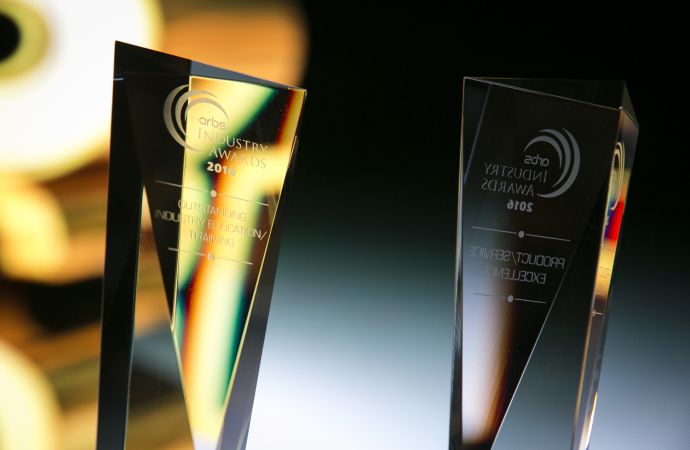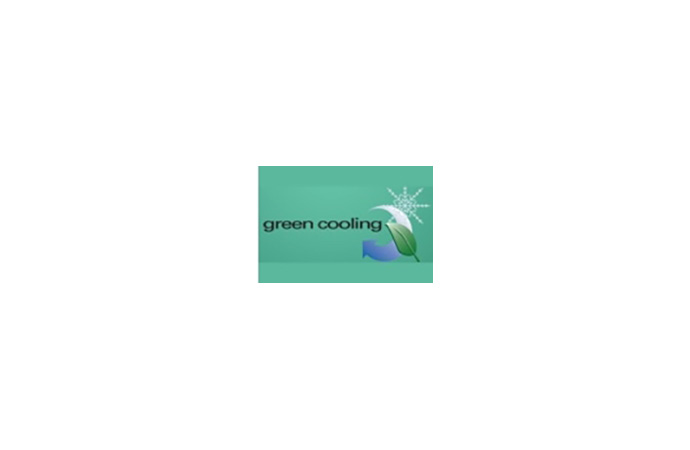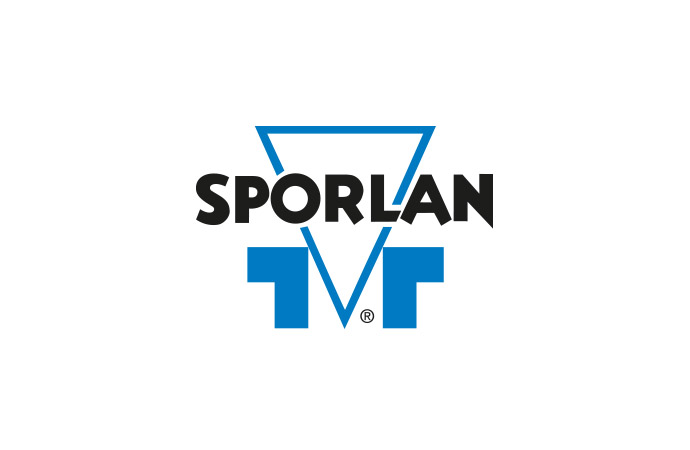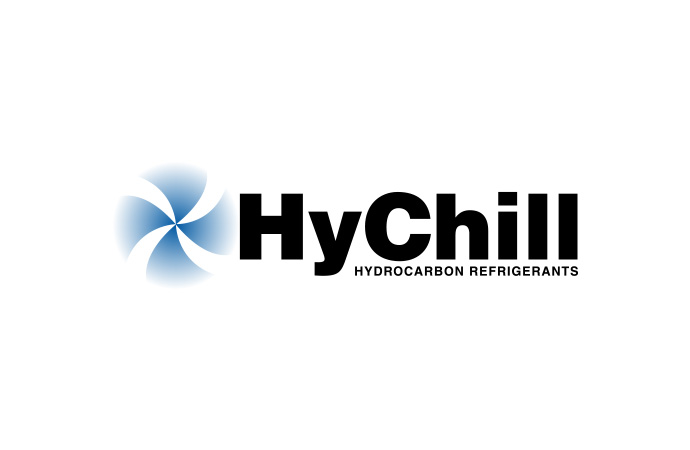Legislation pushing for the phase out of HFCs and the demand for climate friendly solutions is ensuring a rethink of Hydrocarbon refrigeration in the United States.

The Waxman – Markey bill, officially known as the American Clean Energy and Security Act, passed by the US house of representatives on 24 June 2009 calls for an HFC phase down beginning in 2012. Coupled with the legislative uncertainty of upcoming climate change bills HC’s have become a valuable alternative given their 12% energy efficiency improvement when compared to other HFC applications. This has the potential of opening up new market opportunities in the US. Until now only a few companies have taken the initiative to develop HC solutions for the US market in previous years.
Even before this bill was passed innovative companies interested in “green positioning”, such as Ben & Jerry’s migrated to HC systems. Ben & Jerry’s petitioned the EPA to be allowed to install its purified ice cream propane freezers design at 21 stores throughout the US. By August 2008 this propane freezer design became the first hydrocarbon cabinet using propane listed under an amendment to UL 471 for flammable refrigerants in commercial refrigerators and freezers. The motivation behind this was to ‘proove that a more environmentally friendly refrigerant technology could work in the US’ Walt Freese, Ben & Jerry’s “euphoria” officer said.
Taking advantage of the EPA’s Significant New Alternatives Policy (SNAP) program, General Electric (GE) petitioned for the approval of isobutane (R600a) refrigerant for use in its new Monogram brand refrigerator. The new design is intended “to demonstrate both operational and environmental benefits” of its “eco-magination” product certification, but also to “pave the way for the use of low-GWP technology in the U.S.” If approved, GE plans to have these new refrigerator designs on the market by early 2010.
Europe ten years ahead
Mr. Galyen, president of Danfoss Sales Americas, Refrigeration and Air Conditioning Division, highlighted that the US is in many ways ten years behind its European counterparts in the field of implementing Hydrocarbons Refrigeration. This is the result of the direct move of HFC’s to HC’s in Europe, while the US followed a different trajectory preferring to shift from R12 to R134a. Galyen highlighted that in addition to the installed base of 200 million HC units in Europe a further 15 million units are sold annually. Danfoss alone produces more than 40 million hydrocarbons compressors mainly for the European Markets but also for those in the Middle East, Asia and Latin America.
UL standards
Although the EPA SNAP program has not recognised the HC refrigerants for commercial or domestic products Underwriters Laboratories (UL) has recently established a series of safety standards that now include HC refrigeration, this UL listing is a big step for the US. The UL standard is somewhat different than the European standard, which stipulates 150 grams as the total charge. In the U.S., the UL standard allows 150 grams of leakage. That means commercial U.S. applications could use a total charge of 160 to 170 grams, because if the system is opened, some of the gas stays inside. For household refrigerators, 50 grams is allowed for leakage, translating to about a 60-gram charge—more than enough for a large U.S. refrigerator.
The International Electrotechnical Commission, based on IEC 60335-2-24 and IEC 60335-2-89, currently restrict the charge size for commercial refrigerators and freezers and household refrigerators and freezers to 150 grams of flammable refrigerant, respectively. This charge amount is considered safe if the appliance itself has undergone safety testing. The 150-gram number was based on the amount of propane that would exhibit potential flammability if the entire charge were vented into a European-sized kitchen. Then that quantity was reduced by about 20 percent of the Lower Flammability Limit to arrive at 150 grams, which corresponds to an R134a charge size of 300-350 grams.
Obstacles of the Future
Mr. Galyen highlights some of the key hindrances that Hydrocarbons face in the US
Even before this bill was passed innovative companies interested in “green positioning”, such as Ben & Jerry’s migrated to HC systems. Ben & Jerry’s petitioned the EPA to be allowed to install its purified ice cream propane freezers design at 21 stores throughout the US. By August 2008 this propane freezer design became the first hydrocarbon cabinet using propane listed under an amendment to UL 471 for flammable refrigerants in commercial refrigerators and freezers. The motivation behind this was to ‘proove that a more environmentally friendly refrigerant technology could work in the US’ Walt Freese, Ben & Jerry’s “euphoria” officer said.
Taking advantage of the EPA’s Significant New Alternatives Policy (SNAP) program, General Electric (GE) petitioned for the approval of isobutane (R600a) refrigerant for use in its new Monogram brand refrigerator. The new design is intended “to demonstrate both operational and environmental benefits” of its “eco-magination” product certification, but also to “pave the way for the use of low-GWP technology in the U.S.” If approved, GE plans to have these new refrigerator designs on the market by early 2010.
Europe ten years ahead
Mr. Galyen, president of Danfoss Sales Americas, Refrigeration and Air Conditioning Division, highlighted that the US is in many ways ten years behind its European counterparts in the field of implementing Hydrocarbons Refrigeration. This is the result of the direct move of HFC’s to HC’s in Europe, while the US followed a different trajectory preferring to shift from R12 to R134a. Galyen highlighted that in addition to the installed base of 200 million HC units in Europe a further 15 million units are sold annually. Danfoss alone produces more than 40 million hydrocarbons compressors mainly for the European Markets but also for those in the Middle East, Asia and Latin America.
UL standards
Although the EPA SNAP program has not recognised the HC refrigerants for commercial or domestic products Underwriters Laboratories (UL) has recently established a series of safety standards that now include HC refrigeration, this UL listing is a big step for the US. The UL standard is somewhat different than the European standard, which stipulates 150 grams as the total charge. In the U.S., the UL standard allows 150 grams of leakage. That means commercial U.S. applications could use a total charge of 160 to 170 grams, because if the system is opened, some of the gas stays inside. For household refrigerators, 50 grams is allowed for leakage, translating to about a 60-gram charge—more than enough for a large U.S. refrigerator.
The International Electrotechnical Commission, based on IEC 60335-2-24 and IEC 60335-2-89, currently restrict the charge size for commercial refrigerators and freezers and household refrigerators and freezers to 150 grams of flammable refrigerant, respectively. This charge amount is considered safe if the appliance itself has undergone safety testing. The 150-gram number was based on the amount of propane that would exhibit potential flammability if the entire charge were vented into a European-sized kitchen. Then that quantity was reduced by about 20 percent of the Lower Flammability Limit to arrive at 150 grams, which corresponds to an R134a charge size of 300-350 grams.
Obstacles of the Future
Mr. Galyen highlights some of the key hindrances that Hydrocarbons face in the US
- Charging and handling systems - The EPA must determine whether natural refrigerants will have to be captured like synthetic refrigerants, or if a technician can safely vent the charge into the atmosphere. While some U.S. companies are experienced in handling HCs as a fuel, the HVAC&R OEMs will have to invest in technology to manage HCs moving forward.
- Service & Repair. The industry will have to invest in training and certification to ensure safe and proper service and repair. This can be done through the Refrigeration Service Engineers Society (RSES). However, there will likely need to be some form of training requirements and certification to drive widespread adoption.
- Compressor concerns. Propane is used with polyolester oil in Danfoss compressors; material compatibility is almost identical to R134a or R404A. Isobutane is most often used with mineral compressor oils; material compatibility is almost identical to R12.
- Purity. For an HC product to be UL listed, it must meet the requirements of a classified refrigerant, which means a base purity of 99.5 percent and a water content that does not exceed 25 ppm. Purification is not a major obstacle as hydrocarbon refrigerants are not patented, which assures OEMs and end-users that supplies will be affordable.
- Component cost. Component manufacturers are already developing 220V, 50 Hz products for HC systems for Europe and other global markets, including some 115V, 60 Hz versions for certain Latin American markets. Therefore, manufacturers can readily extend their portfolios to include units for the U.S. without significant investments.
MORE INFORMATION
Related stories










